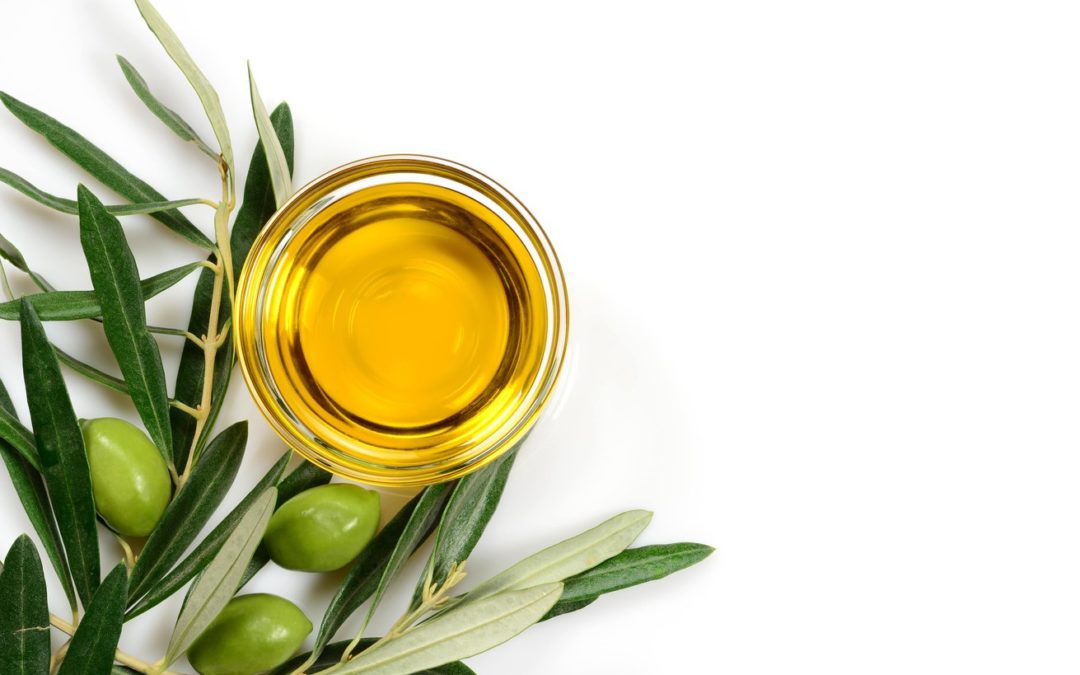Olive oil is one of Italy’s most well-known food exports. Whether used in cooking, drizzled over salad, or taken as a dip, Italian olive oil is recognised around the world for its quality. When it comes to knowing exactly which type to buy though (whether Extra Virgin, Virgin, ‘Ordinary’, or Pomace), there are certain factors to consider. Here’s our rundown of what you need to know to buy olive oil like an Italian.
Extra Virgin Olive Oil
The most expensive kind of olive oil you can buy in the supermarket is Extra Virgin. It’s made simply by crushing fresh olives, extracting the juice, and separating from any water content.
Importantly, in order to be labelled as ‘Extra Virgin’, the extraction process can’t involve any chemicals or high-temperature treatments. This is why some EV oils are marketed as ‘cold-pressed’.
Another determining factor in whether an oil can be labelled as ‘Extra Virgin’ is the proportion of Free Fatty Acids (FFA) it contains. Extra Virgin olive oil cannot have more than 0.8% of FFAs. This is because it stands as an indicator of the quality of the olives at the time of crushing – the higher the percentage, the lower the quality of the fruit.
Uses of Extra Virgin olive oil
There’s a common misconception around the use of extra virgin olive oil. Many think that just because it’s higher quality than other oils, it can be used for any purpose.
If you’re going to get out a bottle of your finest extra virgin olive oil, though, make sure to only use it for dressings, drippings, and anything else that doesn’t require cooking. Not only does extra virgin olive oil have a lower smoking point, making it unsuitable for frying or baking, but its distinct flavour is also best appreciated ‘raw’.
Virgin olive oil
Virgin olive oil is produced in exactly the same way as Extra Virgil olive oil – without chemicals or heat treatment. The difference comes in the content. Virgin olive oil can contain FFAs up to 2% and a greater degree of impurity.
Use of Virgin olive oil
This doesn’t, in fact, make it vastly inferior to Extra Virgin olive oil – it still retains the essential flavours of olive and can be equally in dips and sauces as in cooking (due to a higher smoking point than EVOO).
Strangely, Virgin olive oil is still not widely recognised outside of Italy – probably due to the success of its Extra Virgin alternative. As consumers come to realise its versatility (and lower cost), it’s likely to become a more regular sight on supermarket shelves around Europe.
Ordinary olive oil
‘Ordinary’ olive oil is generally a lower quality of oil than its virgin alternatives. The oil is refined – meaning that it’s been extracted and processed using chemicals and heat treatment. This results in a lighter coloured oil with a more delicate flavour, lacking the punchiness of unrefined oils.
The taste it does have comes from blending in small doses of Extra Virgin olive oil.
In terms of content, the International Olive Oil Council (IOOC) states that it shouldn’t contain more than 1% of oleic acid – an indicator of how much fat has broken down in the oil.
Uses of ordinary olive oil
Given that it lacks the full flavour of virgin oils and tends to have a higher smoking point, ordinary olive oil is best used for cooking.
Pomace olive oil
The most refined grade of olive oil available is pomace oil. This is obtained by treating olives that have already been crushed dry with chemicals and heat blasting treatments. The remnants of the olives give an oil that is higher in FFAs, and retains little of the flavour of the original fruit.
Uses of pomace olive oil
It does, however, have its uses. It’s particularly well-suited for large-scale cooking (especially in deep-fat fryers) and even cosmetics. Before buying, we’d always recommend checking the chemical composition of the oil – law dictates that pomace oil can’t contain more than 2 micrograms of benzopyrene per kilogram – this is a polycyclic aromatic hydrocarbon (PAH) that’s been linked to the development of cancer.
Italian olive oil is a wonderfully versatile product. To make sure you’re buying the right type, be aware of the distinctions that exist between Extra Virgin, Virgin, ‘Ordinary’, and Pomace.
If you’re currently sourcing olive oil, get in contact with the Italian Food Experts. With years of experience and a network of Italian suppliers, we’ll be able to provide you with a quote and the chemical composition of any type of olive oil.

